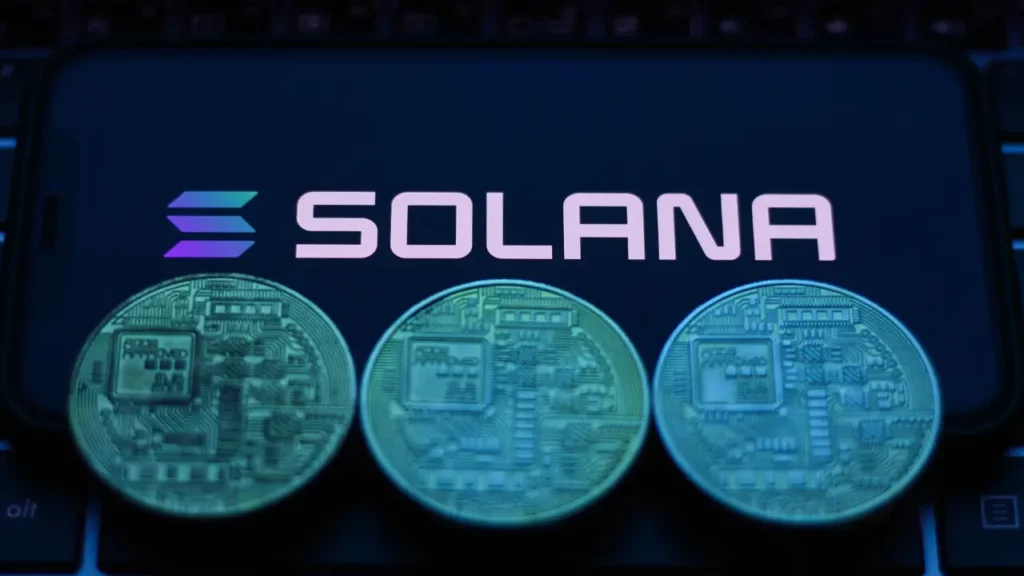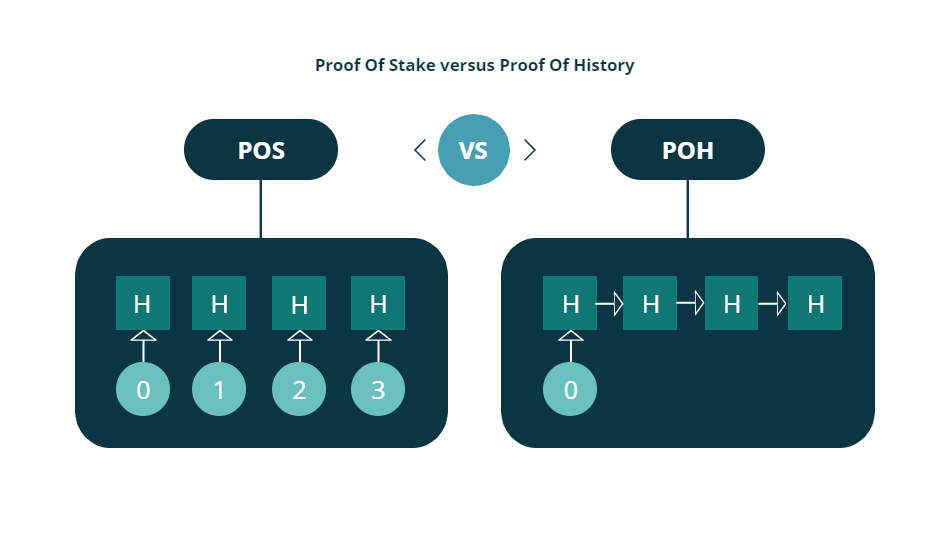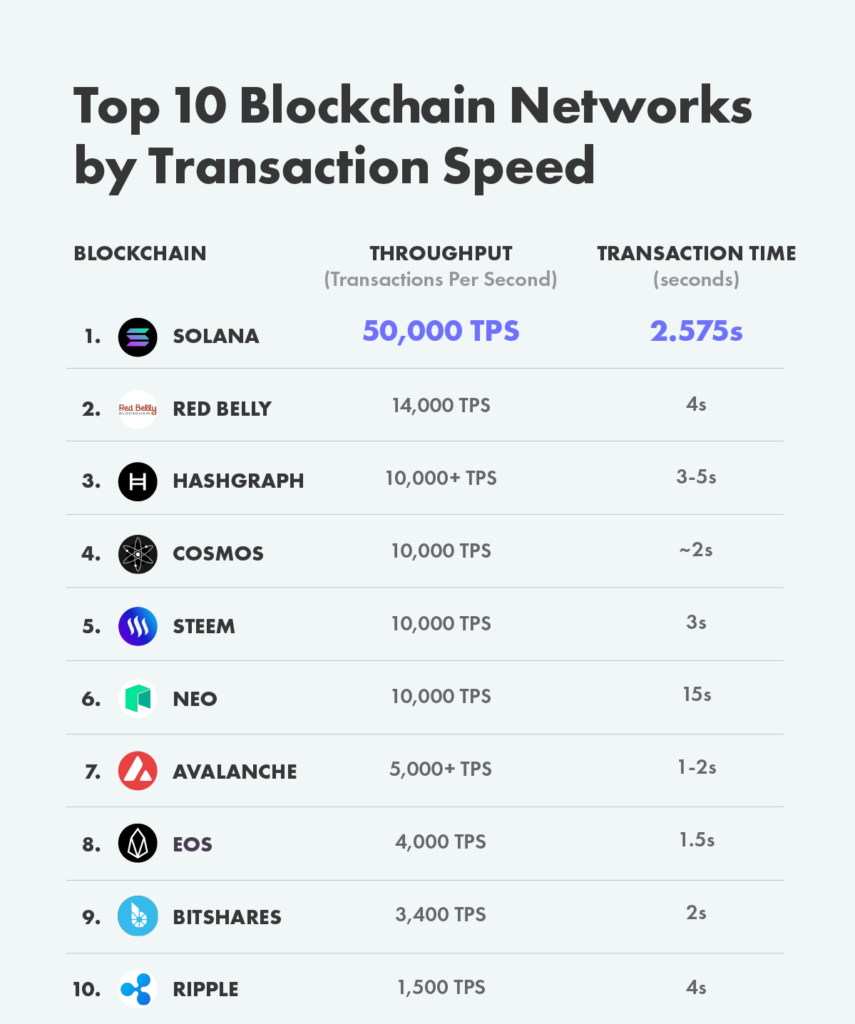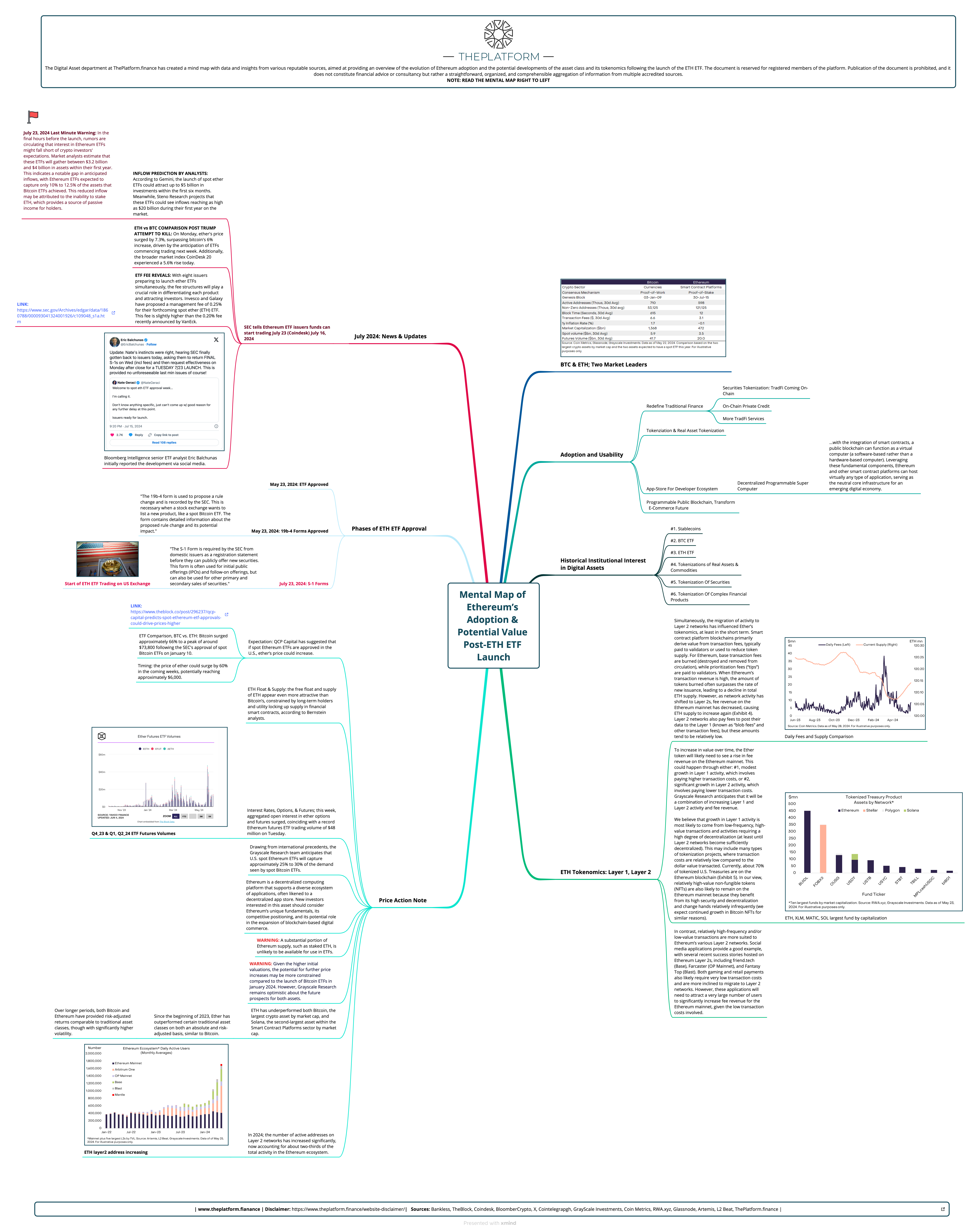Together with…

Definition of Blockchain
Blockchain technology has seen a surge in popularity and implementation in recent years, largely due to the growing prominence of cryptocurrencies. It is a secure and unalterable digital ledger maintained through a decentralized network and used to keep records of transactions and other critical information; its structure makes it necessary to have the network’s consent to bring changes. This is accomplished by forming a series of blocks, each with a cryptographic hash of the previous block, a timestamp, and information about the transactions. This creates a chain of blocks that cannot be tampered with.
The decentralized aspect of blockchain technology provides multiple benefits, such as eliminating intermediaries and reducing the risk of fraud while increasing efficiency. It also increases security, as the network isn’t dependent on a single point of failure and data is stored on multiple nodes.
Despite these benefits, there are also challenges that need to be addressed, such as the limited speed and scalability of blockchain networks, which affect user experience and slow adoption. Energy consumption and privacy are also concerns, as the mining process for validating transactions can consume a significant amount of energy, and the transparency of the blockchain can sometimes lead to compromised privacy.
As this technology continues to evolve and become more widely adopted, it will be interesting to see the impact it has on the world and the various industries it touches.

Source: almaviva
History of Solana
Solana is a blockchain platform launched in March 2020 that is quickly making a name for itself as a strong contender in the decentralized world of blockchain technology. Initially known as the Loom Network, the project was rebranded to honour the small Southern Californian coastal city where the software developers behind it lived together.
According to CoinMarketCap, Solana had become the 9th most valuable blockchain project in terms of market capitalization, with its native token SOL ranking high on the charts in the last bull market. Just like Ethereum, the SOL token can be easily purchased on most major exchanges, making it accessible to a wide range of investors.

Source: bankrate
Solana stands out from the crowd by utilizing a unique Proof of History (PoH) consensus mechanism, unlike Ethereum which uses a Proof of Stake (PoS) algorithm. PoH relies on timestamps to define the next block in the Solana chain, making it a more efficient and faster system compared to others algorithms used in early cryptocurrencies like Bitcoin, Litecoin and Ethereum.
Proof-of-stake requires validators, rather than miners, to validate transactions and add blocks to the chain. Validators simply need to own enough coins to become a block creator on the blockchain, whereas miners must invest in processing equipment and incur high energy costs under Proof of Work (PoW), making PoS a more accessible consensus mechanism than PoW.
The PoS mechanism reduces the amount of processing power required, lowers network congestion, and eliminates the rewards-based incentive PoW blockchains have. This makes it a more energy-efficient and cost-effective solution for blockchain technology.
To wrap up, Solana is quickly establishing itself as a formidable player in the blockchain space, offering a faster and more energy-efficient alternative to Ethereum. With its unique Proof Of History consensus mechanism and a growing ecosystem, it is worth keeping an eye on Solana in the coming months and years.
Solana’s secret of success
Solana’s unique consensus algorithm Proof of History has replaced Proof of Stake to offer fast transactions and more network scalability.
Proof of History, a high-frequency Verifiable Delay Function, provides a way to cryptographically verify the passage of time between two events. It creates a secure and publicly verifiable timestamp for data on the Solana chain, which enables validators to vote on the timestamps of different blocks.

This combination of protocols allows Solana to process transactions quickly while maintaining decentralization but working with the same efficiency as a centralized company. Solana Network claims to process over 2,000 transactions per second at an average cost of $0.00025 per transaction. The network has already processed over 100 billion transactions and has a current transaction speed of 2,771 per second.
Solana’s tokens, SOL, are staked and used as collateral to process transactions on the network. These transactions include smart contract validation and use cases such as NFT purchases on Solana’s marketplace SolSea. To participate as a validator, one must stake at least 0.02686 SOL and create a voting account; in October 2022, there were over 2,000 active validator nodes counted on the network.

Source: forkastnews
Solana vs Ethereum
Solana was born in March 2020 with the aim of outperforming Ethereum in terms of transaction speed and cost.
Despite its efforts, Ethereum remains the most popular blockchain platform, attracting many users. However, Ethereum’s proof-of-work, and its successive change to proof-of-stake consensus mechanism, have caused scalability issues, resulting in slow transaction times and high fees, sometimes reaching as much as $70 per transaction.
Solana, on the other hand, uses a Proof of History protocol that allows it to avoid scalability problems and offer average transaction fees that are a fraction of a penny.
Ethereum currently has a market capitalization of $210 billion, much higher than Solana’s $12 billion, however, it’s important to keep in mind that Solana is still relatively new to the blockchain space. Nevertheless, Solana has already managed to secure a place in the top 10 largest cryptocurrencies by market cap.
In conclusion, Solana has made impressive advancements compared to Ethereum in terms of transaction speed and cost, but it still has a long way to go to reach Ethereum’s level of user adoption and market capitalization. With a larger and larger community and a dedicated development team, the Solana ecosystem has the potential to become a major player in the blockchain industry in the future.

Source: pixelplex




